What to Look for When Sizing a Bike Chain
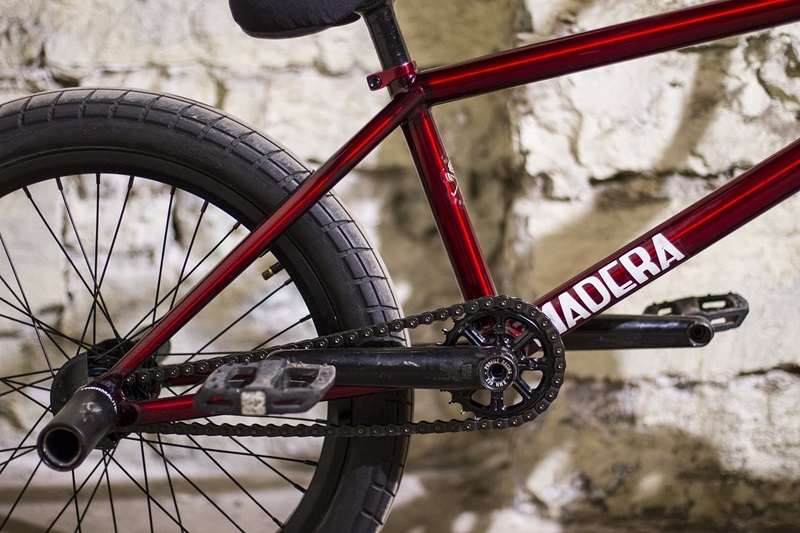
There is no reason to change the size of your bike chain unless you’re dealing with custom bikes. However, there is still a reason to know what to look for when sizing a bike chain. Replacing bike chains is not as simple as finding the right brand and calling it a day.
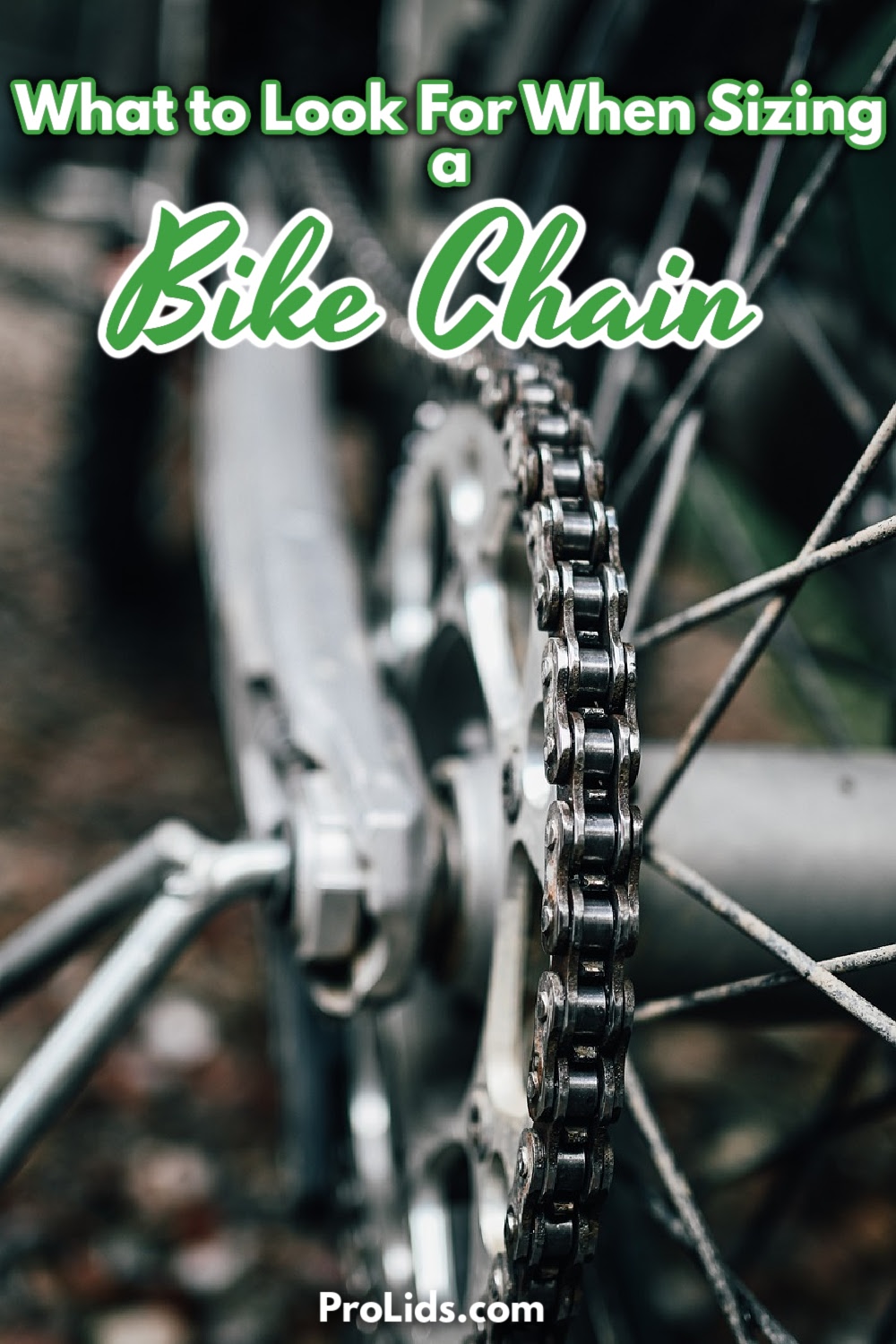
What to Look for When Sizing a Bike Chain
Knowing what to look for when sizing a bike chain can help you extend the longevity of your bike and your children’s bikes. There aren’t many things in this world that last forever; bike chains are not among them. Wear and tear can weaken the chain also known as ‘chain stretch.’
Knowing the parts of a bike chain can help make the process easier to understand. Looking at a bike chain means you are looking at the outer links and pins. Inside the outer link is the inner link, roller, and bushing. These parts essentially click together and are held in place by the pins.

Chain stretch is when the pins start to weaken, allowing the outer links and inner links to pull apart. The diameter of the bushings grows, and eventually, you get less and less resistance from the chain. The worst-case scenario is the chain snaps.
The best-case scenario is you learn what to look for when sizing a bike chain and replace it before the snap.
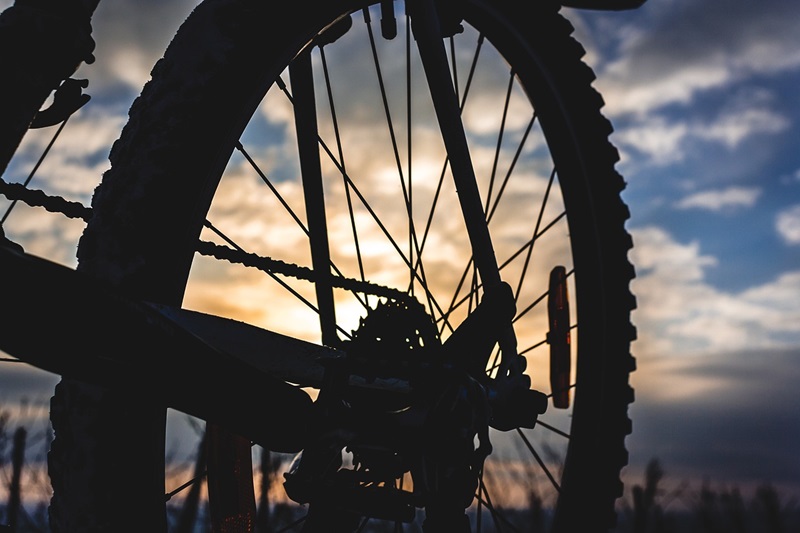
Why Replace a Bike Chain
Kid’s bikes may never need a chain replacement. Kids often will outgrow their bikes before the chain can be worn down. However, that doesn’t mean you won’t need this information if you’re a bike rider as well. We already know that the worst-case scenario is that the chain snaps.
However, some issues may arise before the chain snaps. A weaker chain can cause poor shifting and a loss in torque, which could lead to an accident. Not to mention, a worn chain will start causing damage to the cassette and chainrings on the crankset.
Cassettes and chainrings will be more costly to fix than a chain, so we want to catch it before this happens.

Spotting a Worn Chain
Learning what to look for when sizing a bike chain means knowing how to tell your bike chain needs replacing. Checking a chain for wear is as simple as measuring the chain from pin to pin. This process can be done with a specific bike chain tool or a ruler.
Measure the length between 12 links from the middle of one pin to the middle of the twelfth pin. You want to see 12 inches between the two; that is the industry standard. A chain is considered worn to unsafe levels when the distance between the pins is greater than 12 1/16 inches.
This process will not be easy, so a tool is designed for this purpose, often called a ‘chain checker,’ or ‘chain wear indicator.’ Of course, not everyone wants to invest in this tool. But when you learn that a bike chain can cost in the tens of dollars and a cassette replacement can cost hundreds, the small measuring tool makes more sense.
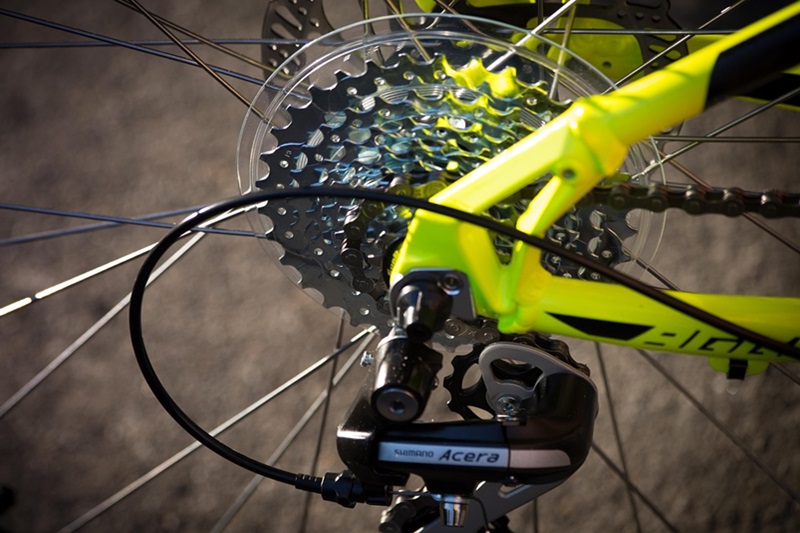
Tips for Buying a New Bike Chain
You must know what to look for when sizing a bike chain. Unfortunately, you most likely won’t find a chain that is a perfect fit straight off the shelf. Comparing the old chain to the new one won’t work since the wear and tear has elongated the old chain.
There are two measurements we need to find the right size: the width of the chain and the length of it. The width is easy to determine; if you have many gears on your bike, you want a skinnier chain. However, you will want a thicker chain if it is a single-speed bike.
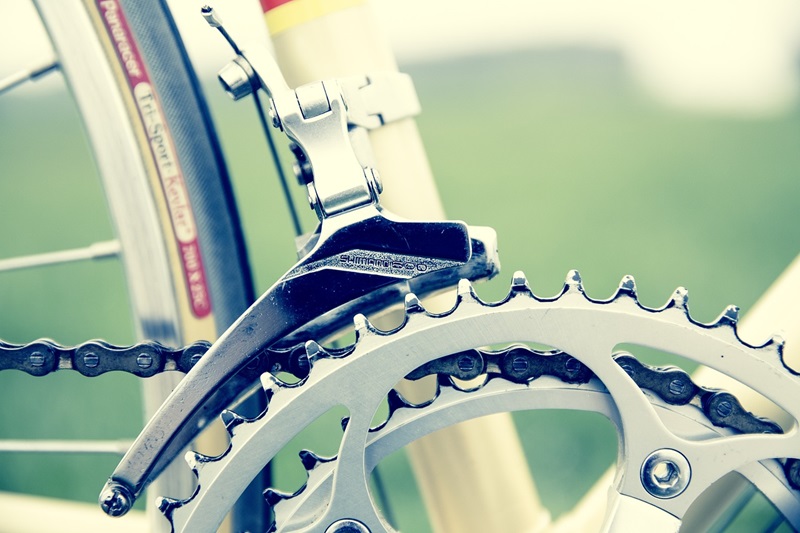
Width is taken care of; now we move on to the length. You can use the old chain to get you in the ballpark by comparing. But you will still want to put the chain on the front gear of the bike and then look for any slack when pulled back towards the rear gear.
You can remove links when necessary to make sure there is no slack. This will require a chain tool, but riding a bike with a properly fitting chain is far safer and more fun than struggling with the wrong size. The same could be said for helmets.
Be sure to check out the ProLids helmets for proper fitting safety gear.
